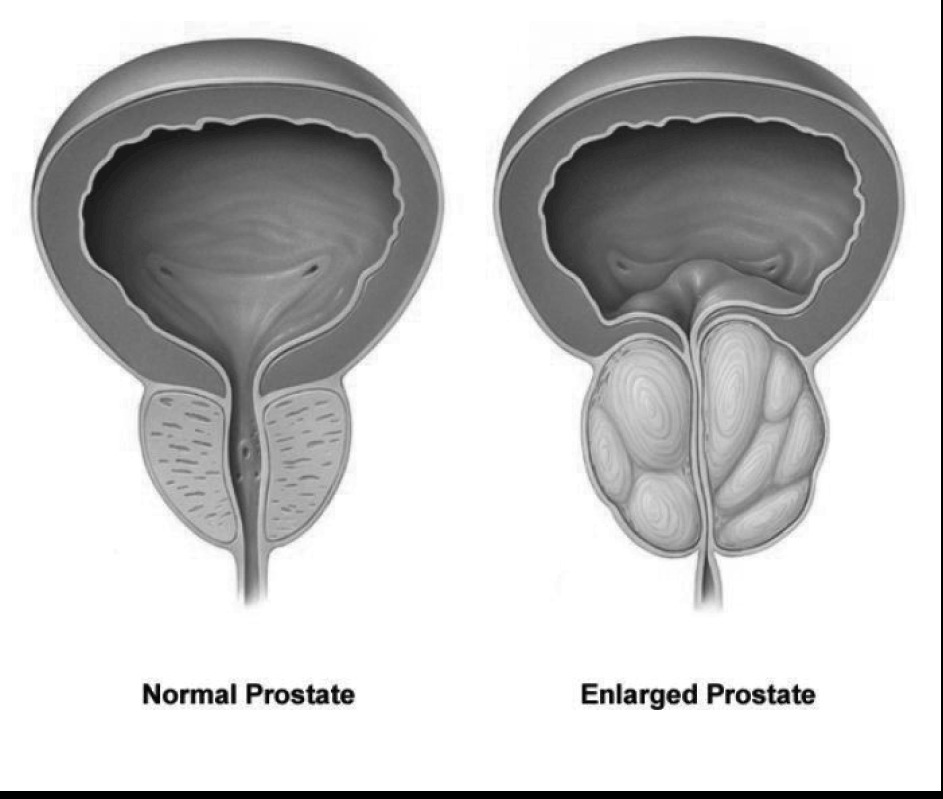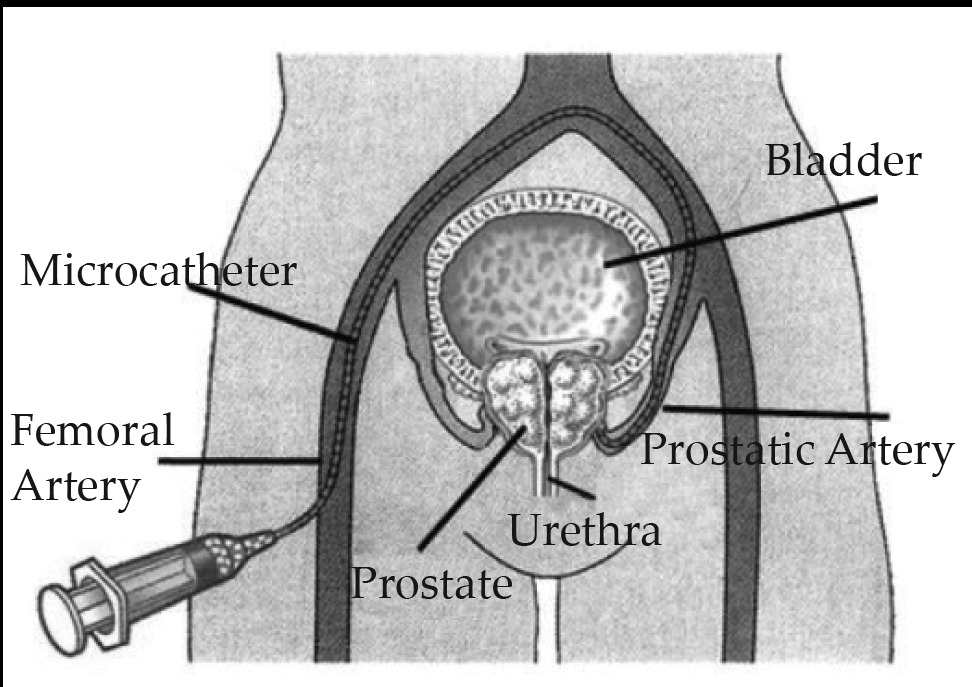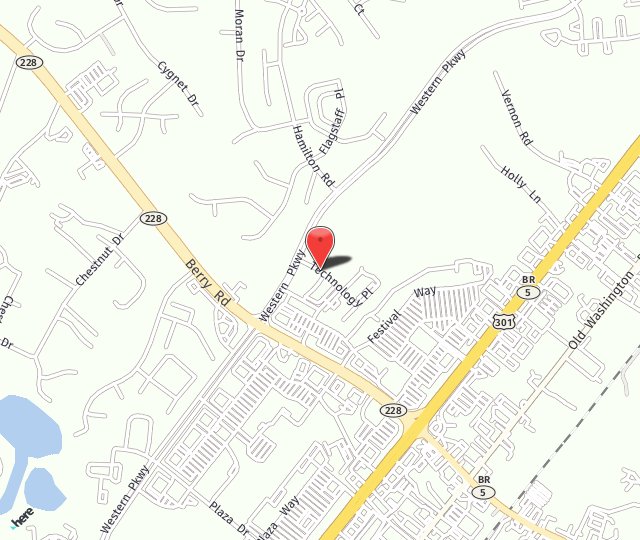Enlarged prostate (BPH) affects a large percentage of men over the age of 65. Living with the symptoms of BPH can often make life harder, less enjoyable, and leave patients feeling like they are more of an inconvenience when around others. To help our patients find relief from these symptoms, the team at the Metropolitan Vascular Institute is now offering Prostate Artery Embolization, or PAE - an innovative, outpatient procedure to treat this condition.

*Rights reserved with the owner of the video
What is the Prostate?
The prostate is an accessory organ of the male reproductive system. Its function is to produce fluid that helps preserve sperm after ejaculation. It is located below the bladder and is normally the size of a walnut. Urine travels from the bladder through the urethra before passing through the penis. Because the prostate surrounds the urethra, urination can be affected when the prostate is enlarged.
What is Benign Prostate Hyperplasia (BPH)?
Benign Prostate Hyperplasia (BPH) is the most common disease of the prostate and can cause debilitating symptoms, impacting a patient’s quality of life. It affects 70% of men over 65 years of age, 80% of those aged between 70 and 80, and 90% of men over 80. BPH is a benign, non-cancerous, increase of prostate tissue growth, causing obstruction of the lower urinary tract. Some patients do not have any symptoms of BPH.
What Are the Benefits of Having a PAE or Prostate Artery Embolization Procedure?
There are many advantages to having a PAE or Prostate Artery Embolization procedure. First, this type of procedure is considered outpatient and minimally invasive. It does not require extensive recovery time. This makes it an ideal choice for men who want to avoid long hospital stays and the associated risks that come with more invasive procedures like traditional prostate surgery.
Additionally, PAE is also very effective at treating certain types of benign prostate enlargement, which can cause symptoms such as frequent urination, pain while urinating, bladder obstruction, and more. So if you are looking for an effective way to treat your prostate issues without undergoing major surgery or dealing with the side effects of medications, a PAE may be right for you.
What Occurs During a PAE?
A PAE is a minimally invasive procedure that involves the use of small catheters and specialized imaging technology to locate the blood vessels in your prostate. Once the blood vessels are located, tiny particles called embolization coils will be used to prevent blood flow through these vessels, which then causes your enlarged prostate gland to shrink over time. This can help reduce your symptoms and restore your quality of life, all with minimal recovery time and risk.
What Are the Risks for a Prostate Artery Embolization?
As with any medical procedure, there are a few risks that come with a prostate artery embolization. These can include mild discomfort or bleeding at the injection site, as well as the potential for blood clots to form in your arterial system. However, these risks are rare, and most men find that PAE is a safe and effective treatment option for their prostate enlargement issues.
If you are interested in finding out more regarding a PAE and whether this type of procedure is right for you, speak with our doctors at Metropolitan Vascular Institute in Waldorf, MD, to discuss the advantages and risks associated with this treatment option. Your doctor can also help you determine if other treatments, such as medication or surgery, may be a better fit for your specific situation.
How Long Is the Recovery After a Prostate Artery Embolization?
The recovery time after a prostate artery embolization is generally quite short, with most men being able to return to work and other normal activities within a couple of days after the procedure. However, everyone recovers at different rates, and our doctors may recommend you take it easy for a few weeks after receiving this treatment in order to allow your body to fully recover from any potential side effects or discomfort. With its minimal risks and fast recovery time, a PAE can be an excellent choice for many men struggling with benign prostate enlargement.
Does Insurance Cover a Prostate Artery Embolization Procedure?
Depending on your insurance coverage and the reason for having a PAE, it may be possible to get some or all of the cost of this procedure covered. Be sure to speak with your insurance provider about whether you are eligible for coverage and what your options are for financing your treatment if needed. By understanding these details, you can make a more informed decision regarding whether or not to pursue prostate artery embolization for yourself.
Common Symptoms of BPH:
- Increased urinary frequency, particularly at night
- Weak and/or interrupted urine stream
- Incomplete emptying of bladder/difficulty starting
- Urgency/difficulty controlling urine
- Inability to urinate leading to catheterization
- Blood in the urine
- Erectile dysfunction (may overlap). There are other syndromes or diseases that can produce similar symptoms, so it is important to undergo a full examination to ensure symptoms are related to BPH.
How is BPH diagnosed?
- Medical history
- Detailed physical examination (including digital rectal exam)
- Rectal ultrasound of the prostate

Possible Treatments:
- Mild: “watchful waiting”, follow-up
- Moderate/Severe: Medications, Surgery (TURP, Prostatectomy, Laser, Thermotherapy, Electrovaporization) or Prostatic Arterial Embolization (PAE)
What is Prostate Artery Embolization?
- A procedure in which a microcatheter is placed from the femoral artery (top of the leg) to the arteries of the prostate
- Small spheres are inserted into the prostate artery through the microcatheter to block it
- The abnormal tissue (BPH) will shrink, soften and reabsorb over time

Who Is the Ideal Candidate for PAE?
The ideal candidates for PAE are those diagnosed with BPH and suffering from symptoms that have been unresponsive to medications to help relieve them. Candidates who are unable or do not want to undergo surgery may benefit from PAE as they will not have to deal with the risks and complications that can come from invasive surgery. If you have undergone BPH surgery in the past but are still experiencing symptoms, the PAE may be your next solution.
If you suffer from an underlying health condition that can make it difficult to recover from this procedure, have been diagnosed with cancer, or have an infection, this treatment may not be right for you until you are fully healed.
Our highly experienced doctors will be happy to discuss your candidacy with you in-depth during your initial consultation.
Other things to know about PAE:
- Outpatient procedure
- Performed under ‘twilight sleep’ without the need for anesthesia
- Painless procedure
- Approximately 1 hour
- No need for foley catheter
- Rare complication rate
- No reports of impotence or incontinence after PAE
- Symptom improvement occurs 2-3 weeks after the procedure
Contact us Today
If you are ready to find relief from your BPH symptoms, it’s time to schedule your consultation with the Metropolitan Vascular Institute. Contact our office today at (301) 374-8540 to schedule an appointment with one of our expert doctors, or click here to find out more information. Our team is proud to serve patients in the Waldorf, MD are and our front office is looking forward to helping you with any questions or concerns you may have.

